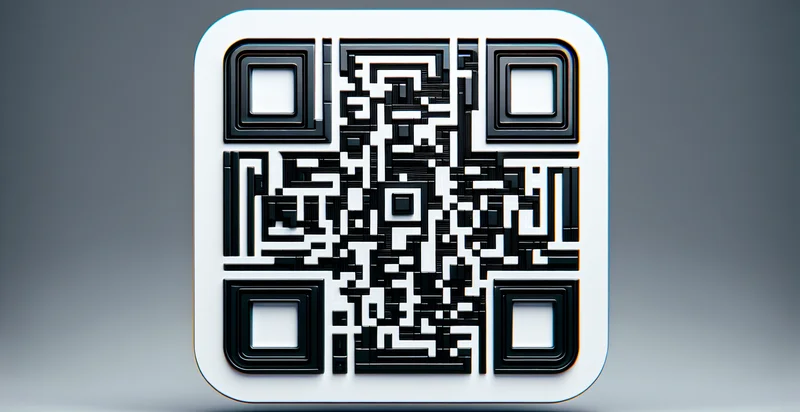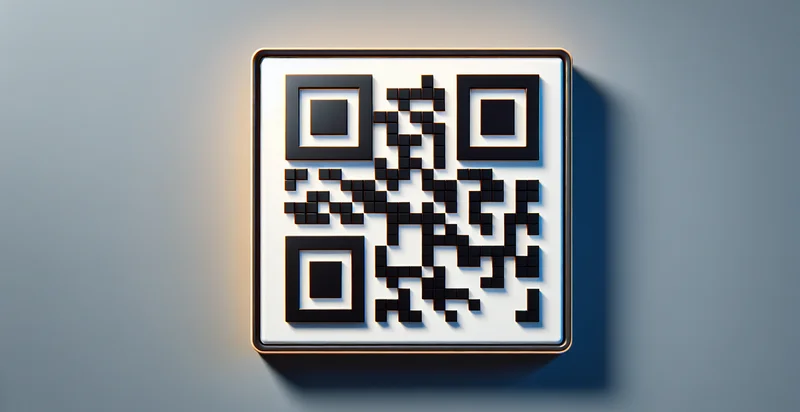Identify qr code condition
using AI
Below is a free classifier to identify qr code condition. Just upload your image, and our AI will predict the condition of the QR code - in just seconds.

Contact us for API access
Or, use Nyckel to build highly-accurate custom classifiers in just minutes. No PhD required.
Get started
import nyckel
credentials = nyckel.Credentials("YOUR_CLIENT_ID", "YOUR_CLIENT_SECRET")
nyckel.invoke("qr-code-condition", "your_image_url", credentials)
fetch('https://www.nyckel.com/v1/functions/qr-code-condition/invoke', {
method: 'POST',
headers: {
'Authorization': 'Bearer ' + 'YOUR_BEARER_TOKEN',
'Content-Type': 'application/json',
},
body: JSON.stringify(
{"data": "your_image_url"}
)
})
.then(response => response.json())
.then(data => console.log(data));
curl -X POST \
-H "Content-Type: application/json" \
-H "Authorization: Bearer YOUR_BEARER_TOKEN" \
-d '{"data": "your_image_url"}' \
https://www.nyckel.com/v1/functions/qr-code-condition/invoke
How this classifier works
To start, upload your image. Our AI tool will then predict the condition of the QR code.
This pretrained image model uses a Nyckel-created dataset and has 10 labels, including Acceptable, Damaged, Defaced, Dirty, Faded, Partially Readable, Poor, Pristine, Unreadable and Worn.
We'll also show a confidence score (the higher the number, the more confident the AI model is around the condition of the QR code).
Whether you're just curious or building qr code condition detection into your application, we hope our classifier proves helpful.
Related Classifiers
Need to identify qr code condition at scale?
Get API or Zapier access to this classifier for free. It's perfect for:
- Inventory Management: Businesses can utilize the QR code condition identifier to assess the quality of items in their inventory by scanning their QR codes. This ensures that only products in optimal condition are available for sale, reducing returns and complaints from customers.
- Quality Assurance in Manufacturing: In manufacturing processes, this function can be integrated to automatically verify the condition of products by scanning their QR codes before packaging. This reduces the risk of defective items reaching consumers and ensures adherence to quality standards.
- Supply Chain Transparency: Companies can employ this technology to monitor the condition of products during transit. By scanning QR codes at various checkpoints, businesses can track items that may have been damaged or compromised, allowing for quick resolution before reaching the end customer.
- Retail Experience Enhancement: Retailers can implement this functionality in smart kiosks or mobile apps to provide customers with instant feedback on product condition. By scanning a QR code, shoppers receive information regarding the quality, freshness, or any damages before making a purchase, enhancing their shopping experience.
- Food Safety Compliance: Restaurants and food distributors can use QR code condition identification to ensure that food items meet safety standards. Regularly scanning the condition of perishable goods helps in maintaining compliance with health regulations and minimizing foodborne illnesses.
- Asset Management: Organizations can utilize this technology for tracking and managing valuable assets by effectively assessing their condition through scanned QR codes. This capability can increase efficiency in asset utilization and help identify items requiring maintenance or replacement.
- Documentation in Event Management: At large events, organizers can implement QR code condition identification to check the condition of materials such as badges, equipment, and signage. By ensuring these items are in good condition ahead of the event, organizers can enhance overall guest experience and operational efficiency.


